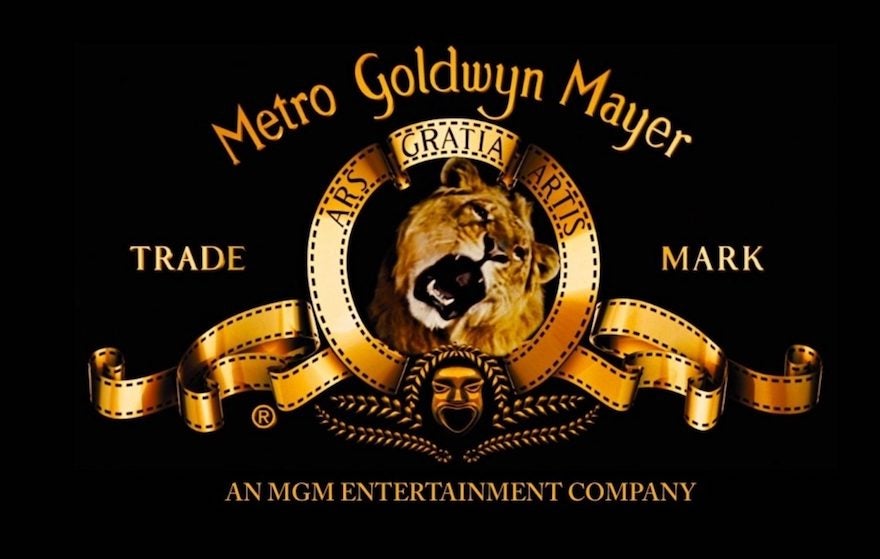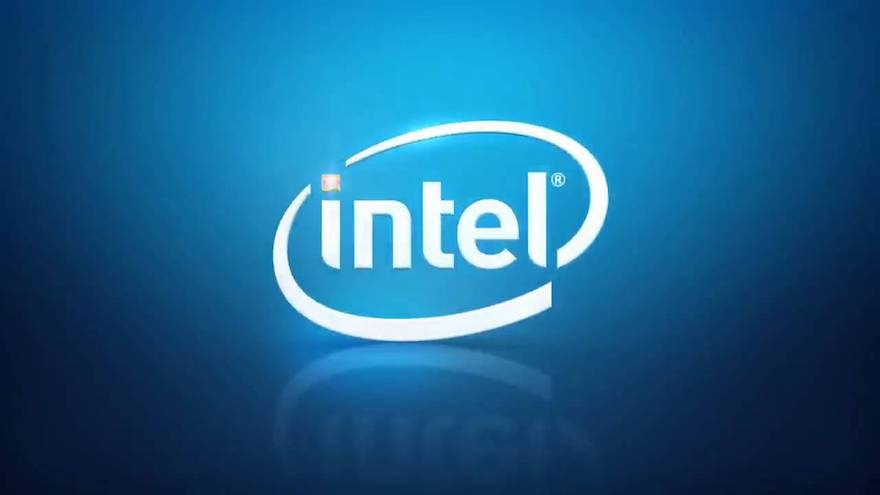Sonic Branding: How Can Your Online Business Benefit?
If you click to purchase a product or service based on our independent recommendations and impartial reviews, we may receive a commission. Learn more
Whether it’s a captivating image, a witty tagline, or a memorable catchphrase, good marketing doesn’t simply grab our attention. It helps us understand and resonate with the essence of a brand – to “get” its unique personality and character.
So why, all too often, are businesses relying on a single sense – sight – to advertise to their customers? How can we tap into the power of sound as a core method of how to build a brand online, and – more importantly – why should your business do so?
Below, we’re unpacking these key questions. We’ll explore exactly what sonic branding is, what the benefits are, and how your business can get involved. Of course, we’ll also explore some of the best sonic branding examples – and why they’re so effective.
Ready? Sound on, volume up – let’s get started.
What Is Sonic Branding?
Sonic branding (also known as audio branding) is a form of sensory marketing when a business uses sound to reinforce its brand and key messaging.
Done well, sonic branding can serve as a powerful mnemonic: boosting awareness and recall of your brand, increasing customer loyalty, and helping your business cultivate a unique “personality.”
Need an example? Think of the classic “ba da ba ba baaa” of McDonald’s (I’m lovin’ it). Or the jingle with which various Microsoft programs over the years have started up and shut down. With these iconic examples of sonic branding, we don’t even need to look at a logo – or see certain color pairings together – to recognize these brands.
In fact, sonic branding can be seen as a kind of “audio logo” – a few notes, or even a single sound, that can come to represent your brand. Through this lens, it’s an extremely powerful tool for businesses looking to build a brand online – so let’s take a look at why.
The Benefits of Sonic Branding
How can sonic branding give your business a big boost? Let us count the ways:
- Enhances brand awareness: in such a crowded market – with so many brands competing for the same, slim sliver of audience attention – sonic branding helps your brand get cut through (and get noticed!).
- Improves brand recall: sonic branding isn’t just good for awareness – it’s good for recall. That means the right sounds can forge strong emotional ties between your customer and your brand. So they’re not simply aware of your brand – but feel something toward it, too.
- Creates a brand “personality”: brands are like people – the more consistent they are across all our encounters with them, the more we come to understand and relate to them – to their unique characteristics and personality. So, the more you can associate your brand with a certain sound or tune, the more your audience will personify – perhaps even come to love – your business.
- Boosts customer loyalty and experience: good sonic branding is good for the customer. After all, you’re not only appealing to one of their senses – sight – but to multiple. You’re creating an audiovisual smorgasbord that invites them into the heart and soul of your brand – helping to cultivate loyalty, and offer an experience that feels more personal and intimate.
Creating Your Own Sonic Branding
Looking to create sonic branding for your own ecommerce business? Good idea.
But where to start – and how to go about it? Here are some quickfire tips:
1. Audit Your Existing Content
Go through your current brand, blogs, and marketing collateral and check for anything there that could inform a sonic branding strategy.
Particularly if you have a podcast, chances are there’s already a jingle, a theme tune, or even a memorable catchphrase you say often. Don’t start your sonic branding approach from scratch – use what you already have!
2. Make It Unique
The emotional resonance and memorability of sonic branding only works if the sound is unique – so some solid competitor analysis is a strong first step. This way, you’ll ensure your sound isn’t already being used by another brand – and can glean some intelligent insights into what rival sonic brands are up to along the way.
3. Keep It Simple
As we’ll touch on in a second, the best sonic brands – HBO, Windows, Intel, MGM, and Netflix among them – don’t have complicated sounds. They all keep it to a few syllables (and sometimes a single sound, like a lion’s roar).
The shorter it is, the catchier it’ll be – and the more your prospective customers are going to remember and resonate with it.
4. Test, Test, and Test Again
You want your sonic brand to trigger emotions – and the only way you’re going to know if the jingle or tune you’ve chosen is doing that is by testing it. Start with family and friends if you’re on a budget; use focus groups or more intensive market research if you’ve got money to spend.
3 Sonic Branding Examples
Ready to see (or, should we say, hear!) some examples of sonic branding in action?
Let’s explore.
#1. HBO
If you’ve ever watched a show on HBO, this one will be super familiar. The HBO ident – the sound of an old TV being tuned, followed by an “ahhhhhhh” – precedes every show on the popular premium cable network.
For many fans of HBO’s shows – Game of Thrones, The Sopranos, The Wire – this piece of nifty sonic branding triggers an almost Pavlovian response, and we expect to hear the opening theme of our favorite show straight after (the writer of this included!).
The HBO ident lets us know we’re in for a treat. It ensures we know we’re on HBO, and that we’ll remember that – and almost certainly come back for more.

The HBO ident, which plays at the start of every episode or film that appears on the premium cable network, is a mark of quality.
#2. MGM
Whether you’re settling in to watch an old James Bond flick or enjoy a Rocky movie marathon, the roar of MGM’s lion is sure to get you in the mood.
Operating on a similar wavelength to the aforementioned HBO ident (not to mention the iconic Netflix “ta dummm”), Leo the lion’s roar has been setting the scene for expectant viewers for almost 100 years.
Whether we’re in the theater or hunkering down in the den on family movie night, that deep, booming roar lets us know that we’re in for hours of fun – and pure escapism to boot.

The roar of the MGM lion has been introducing the major studio’s films since 1924 – making it one of the oldest sonic examples out there.
#3. Intel
If you had a computer in the 90s, chances are Intel’s five-note jingle is already reverberating nostalgically through your brain.
Designed to convey trust, innovation, and reliability, Intel’s tune – which plays at the end of every ad, and goes “bong BONG bong BONG” – was designed to reflect the four syllables of “Intel Inside” sung out loud.
Four decades after its creation, the jingle still going strong, and is still very much synonymous with the brand – a testament to the enduring power of effective sonic branding.

Intel’s five-note jingle was created to convey a core trio of values: innovation, trust, and reliability. Does it succeed?
Is Sonic Branding Right for Your Business?
HBO, MGM, Intel, Netflix, McDonald’s… the sonic branding examples we’ve discussed here are all big businesses. All have huge marketing budgets behind them – they’re all established brands, with prominent, well-developed visual identities, and with logos, color palettes, and presences that are instantly recognizable.
With that in mind, sonic branding won’t be right for all businesses – particularly because it can require a lot of resources and expertise to get right. So is sonic branding right for your ecommerce venture?
Sonic branding is most effective for businesses that:
- Already use audio and visual marketing/advertising: for instance, on podcasts, TV slots, before films in the cinema, or on billboards or subways.
- Have an existing podcast or vlog: your audience is already engaging in an audial way with your brand, making them primed for sonic branding.
- Sell a product or service that has a distinctive noise: in this case, your business is already synonymous with a sound your customers recognize, because they hear it every day when interacting with your brand.
Summary
In summary, sonic branding – the practice of associating a particular sound, tune, or jingle with your brand – is a proven and highly effective way of resonating with your business’ online audience.
As popular sonic branding examples such as HBO, MGM, and Intel have shown, this marketing method can increase brand awareness and recall, enhance the customer experience, and build your business’ unique personality.
It won’t be for everyone, of course – and businesses with a strong, existing brand identity stand to benefit most. We also highly recommend it for podcasters, and businesses already involved with audio and visual marketing.
So… time to create your business’ sonic brand? Go give it a try – and be sure to let us know how you get on in the comments below!
Leave a comment